Results 1 to 10 of 31
Hybrid View
-
05-18-2013, 03:36 AM #1
-
05-25-2013, 03:35 PM #2

Ok here's some more tortoise.
A good early example with a lot of blonde parts. This type is my favorite:
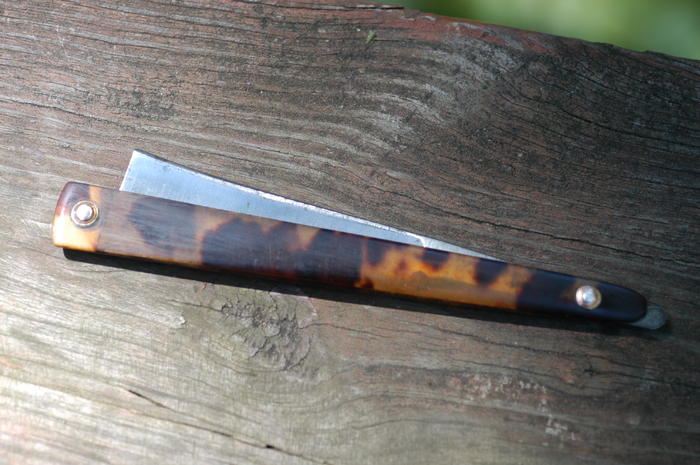
Next up, I picked this up from razor emporium for super cheap. (It was listed as celluloid... heh...). You can even see the bug bites in the original photo from the listing.
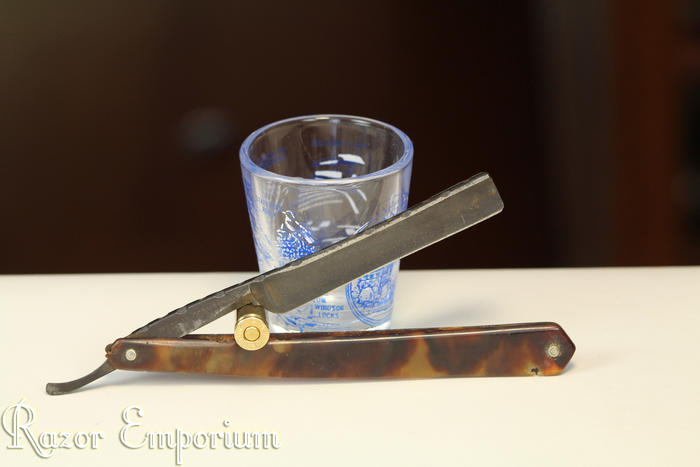
These scales were too far structurally damaged to be used whole, so I put them to use in another project. Anyway, here's a bunch of pictures for reference of what the material looks like in various lighting conditions. These were also very matte from years of neglect.
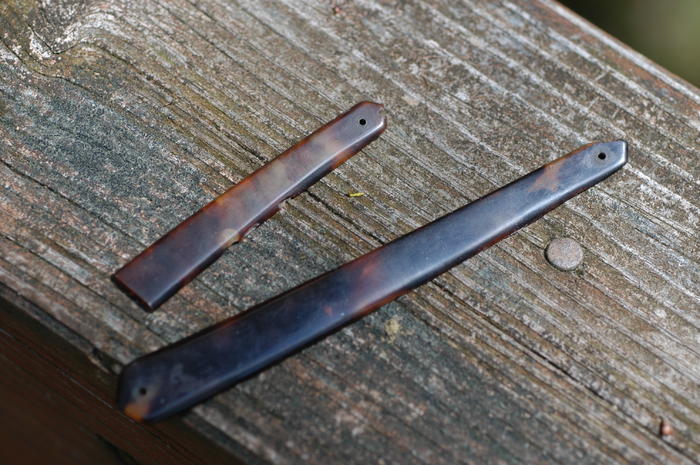
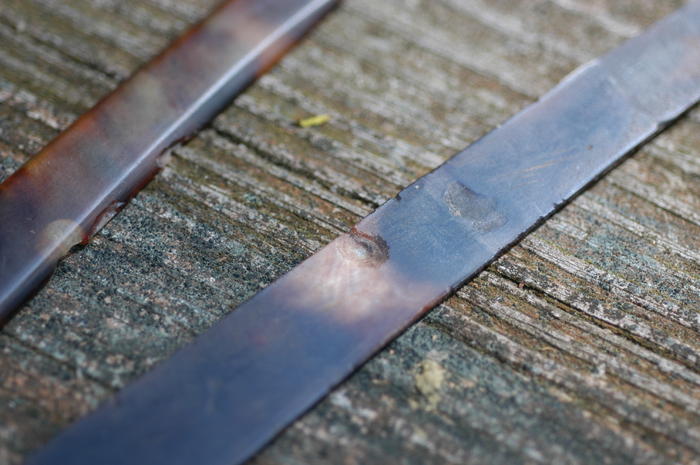
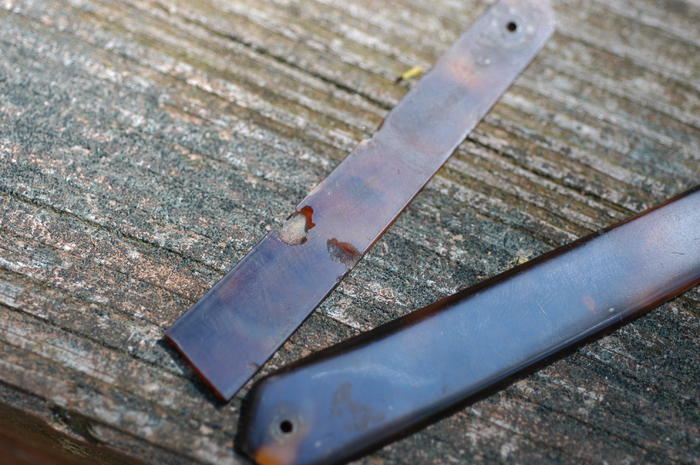
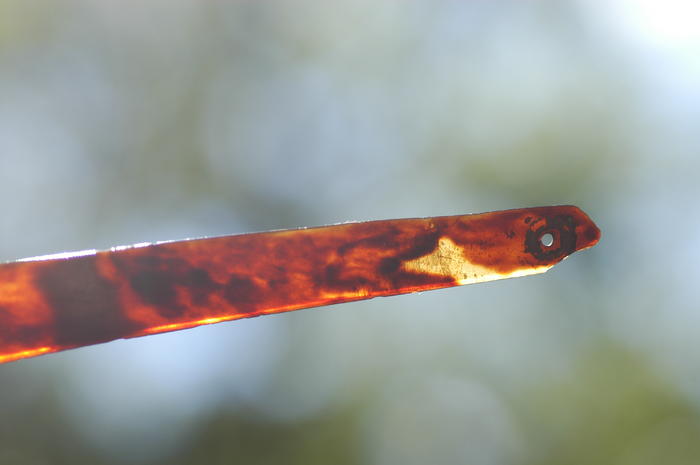
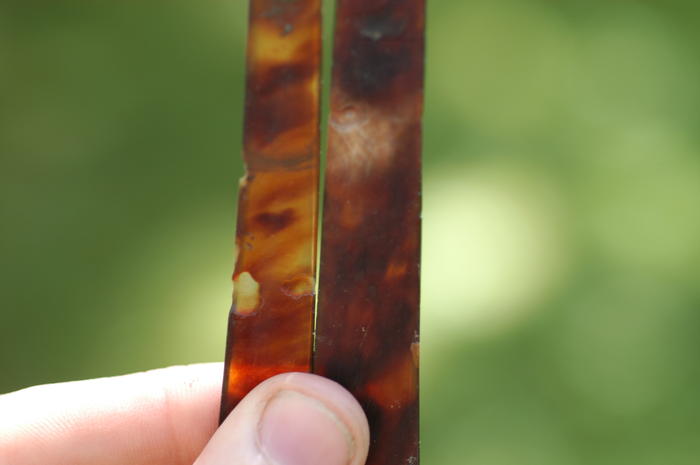
-
12-25-2014, 09:29 PM #3Historically Inquisitive



- Join Date
- Aug 2011
- Location
- Upstate New York
- Posts
- 5,780
- Blog Entries
- 1
Thanked: 4249
Link to interesting pdf of The Characterization of Tortoise Shell and its Imitations The Characterization of Tortoise Shell and its Imitations | Gems & Gemology
-
The Following 5 Users Say Thank You to Martin103 For This Useful Post:
engine46 (09-14-2015), JimmyHAD (12-26-2014), MikeT (07-03-2016), ScienceGuy (12-26-2014), Wullie (12-26-2014)
-
09-12-2015, 12:45 PM #4

Here is a French late 18th C. or early 19th C. razor
with silver washers, shield and VERY thin darkened tortoise scales (small bug bites are visible)
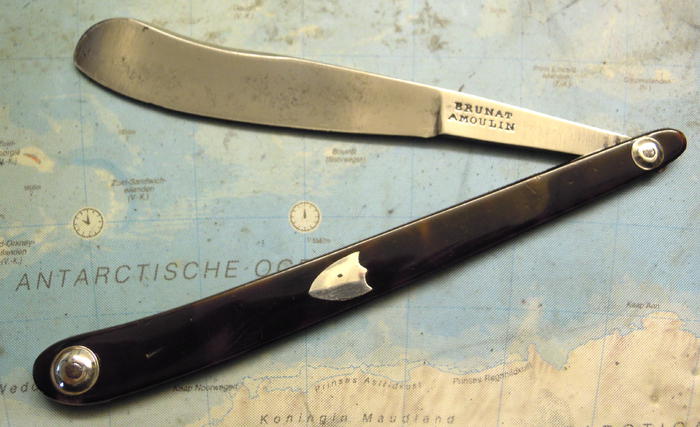
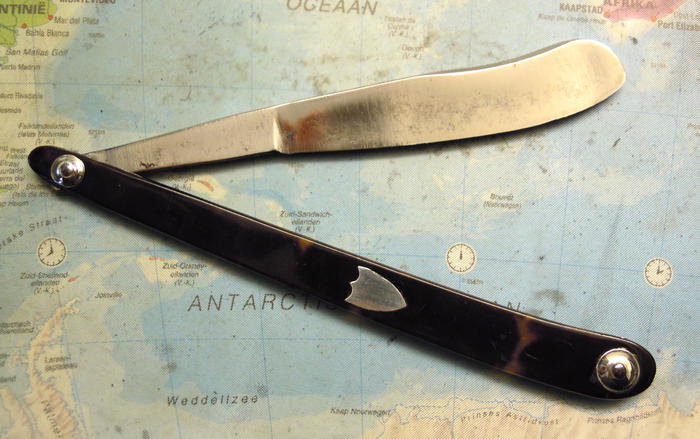
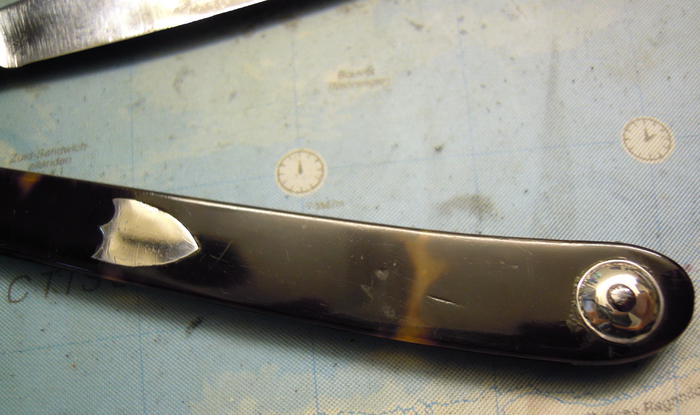
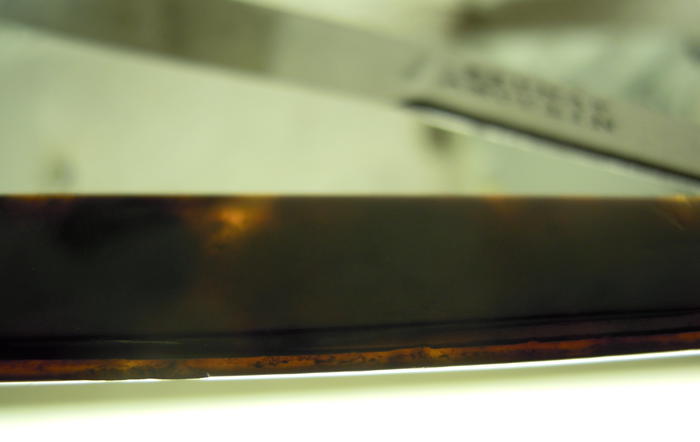
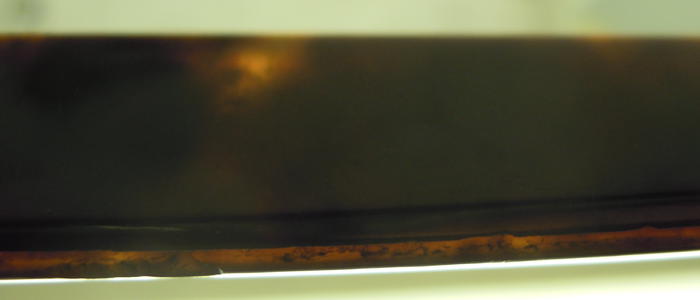
Last edited by Fikira; 09-12-2015 at 07:24 PM.
-
09-13-2015, 07:45 PM #5

Here is an additional photo showing the variations in coloring that can be obtained. The material doesn't darken substantially with age - these are all about the same age. The coloring comes from natural variations, and variations when the scutes are pressed together into thicker material.
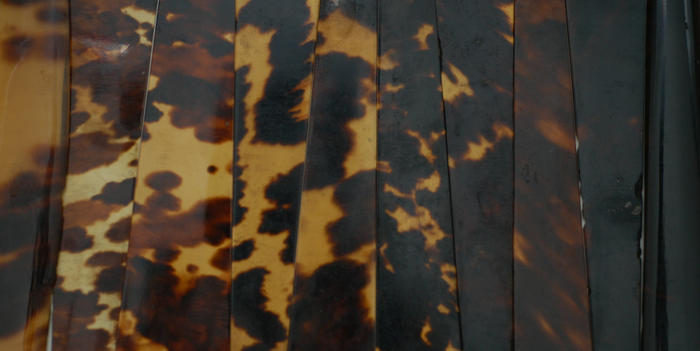
-
The Following User Says Thank You to ScienceGuy For This Useful Post:
Fikira (09-13-2015)
-
09-14-2015, 01:18 AM #6

This has been a very interesting read. A big thanks to all!


 93Likes
93Likes LinkBack URL
LinkBack URL About LinkBacks
About LinkBacks









 Reply With Quote
Reply With Quote


